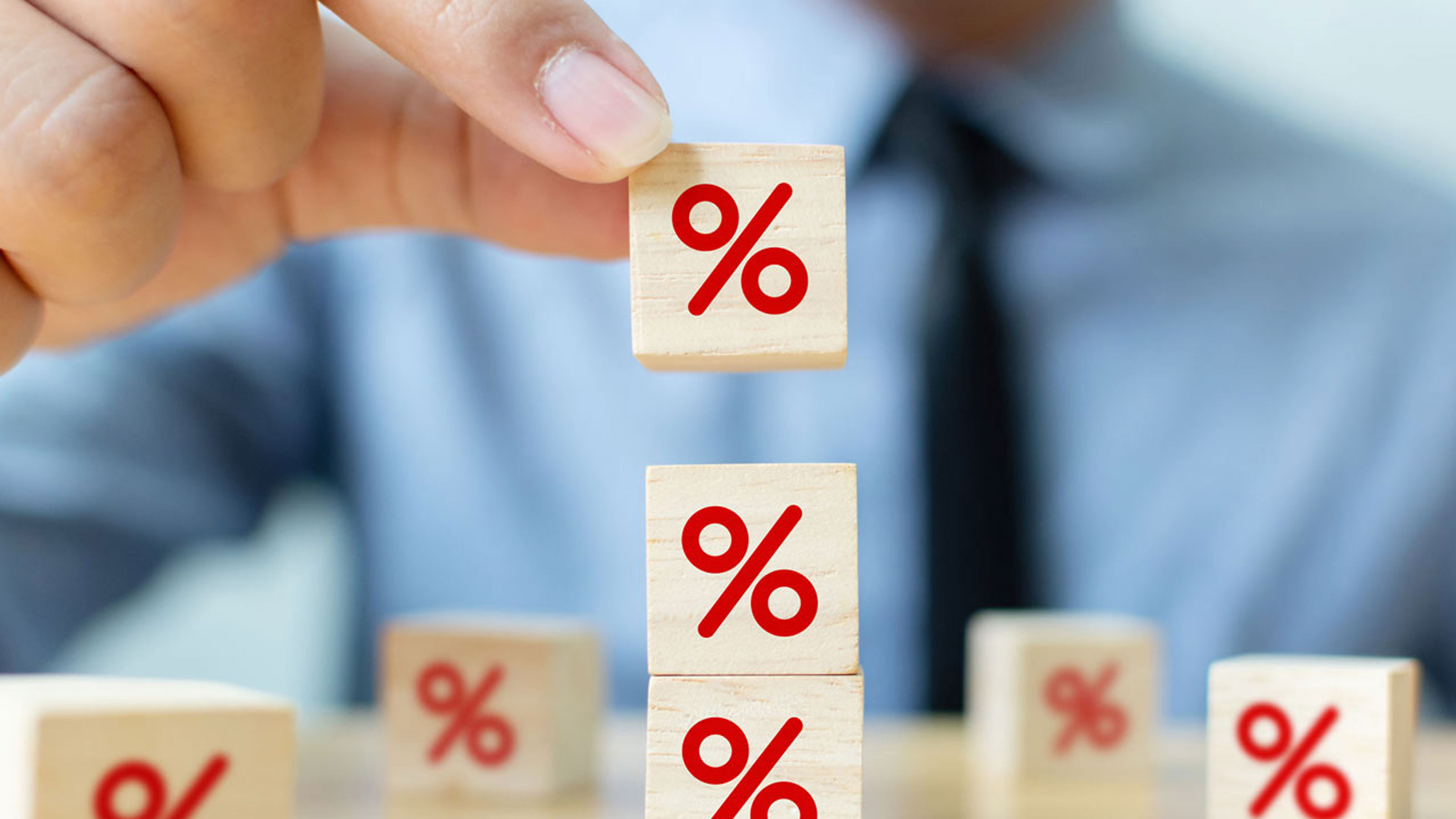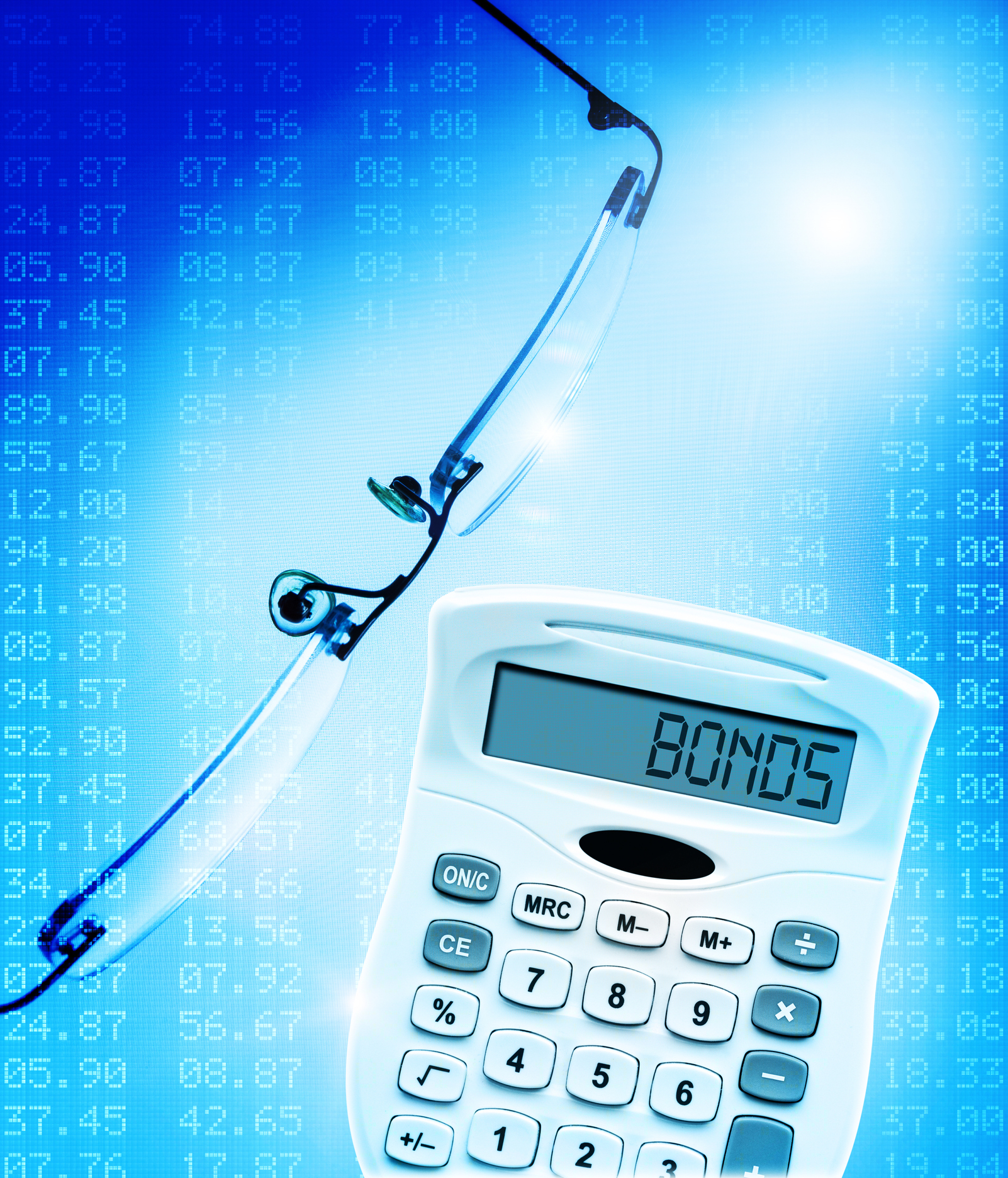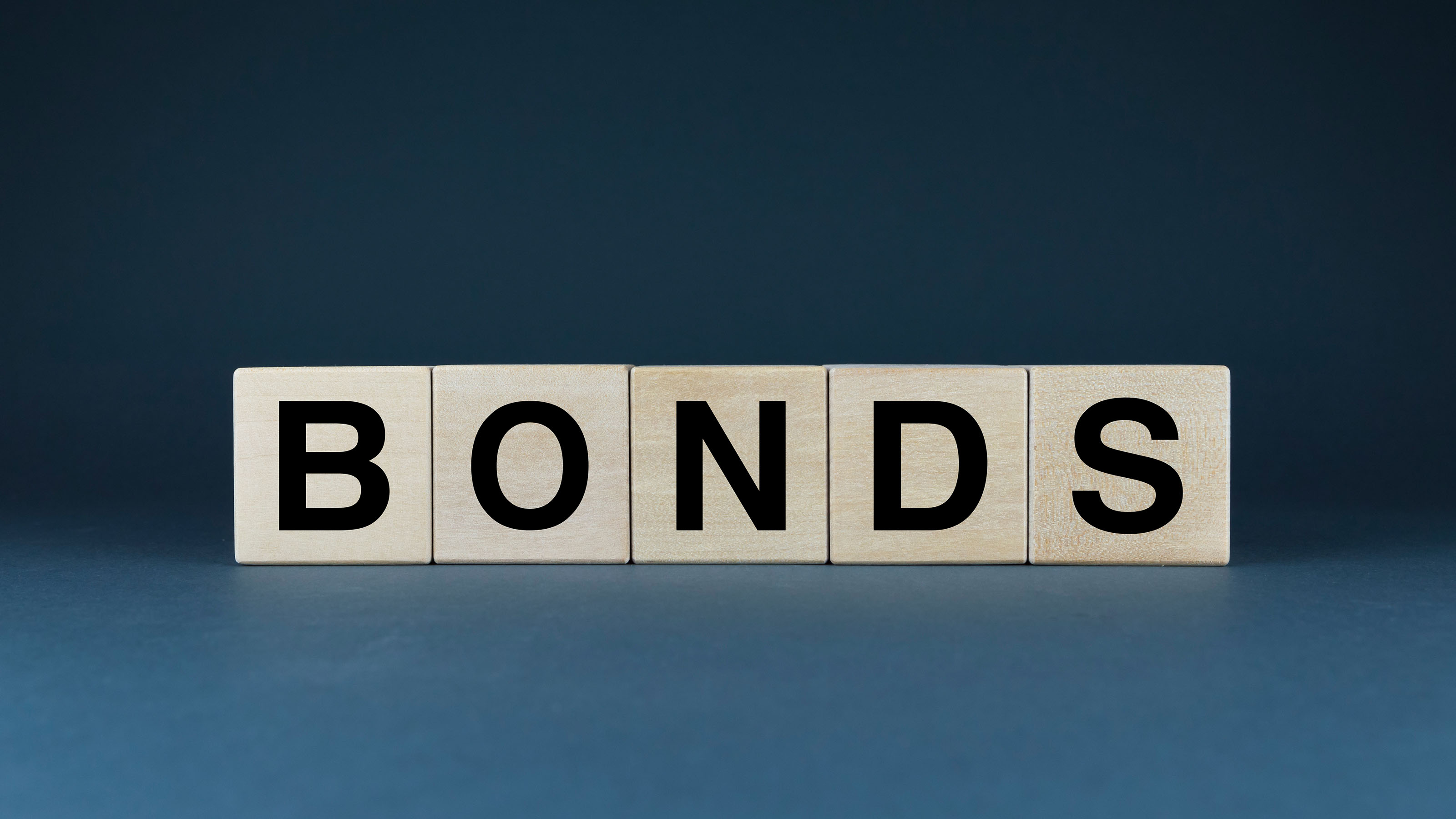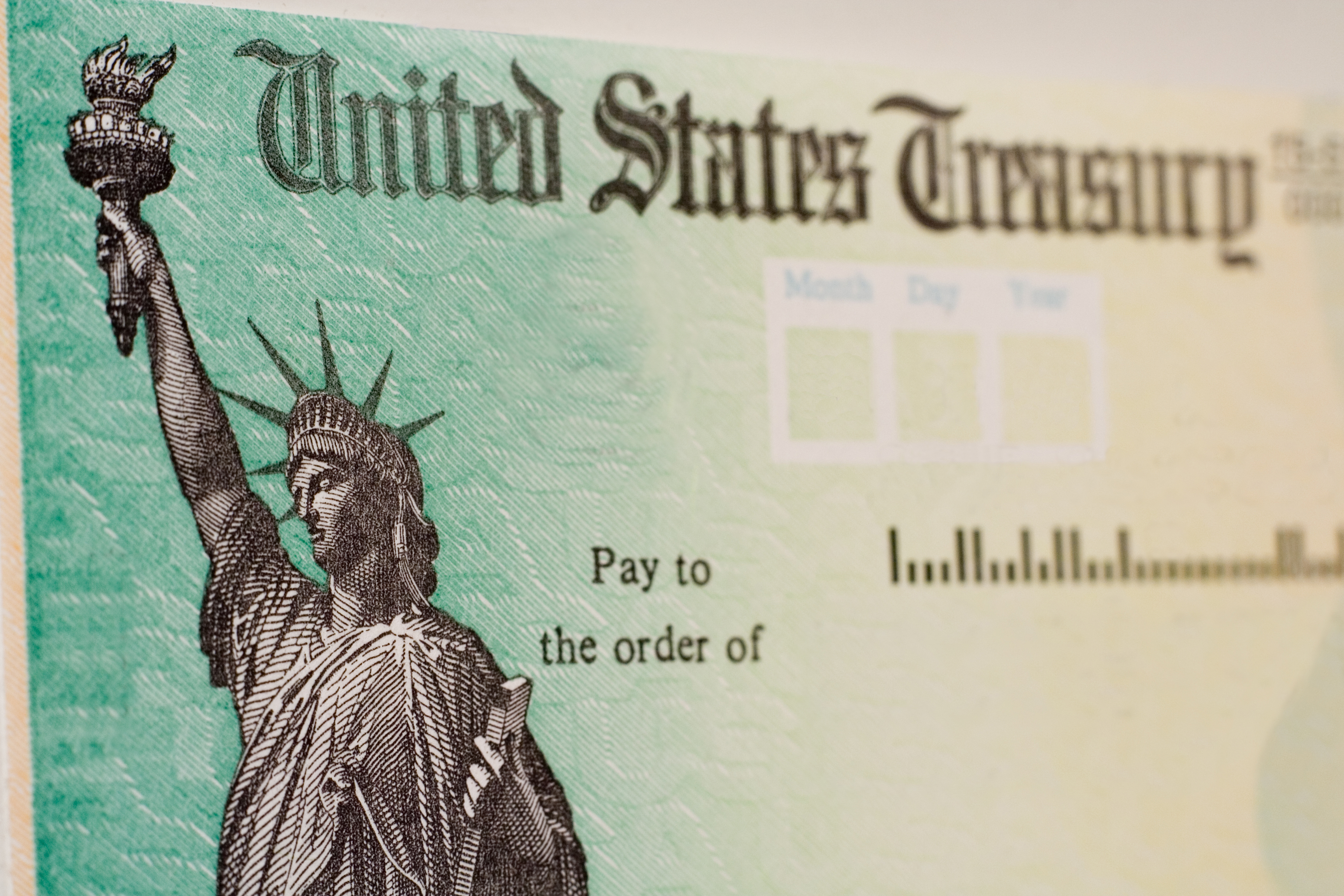The ABCs of Yields
What the number in front of the percentage sign really means.


Interest rates are so low these days that you need a magnifying glass to see the yield on many investments. But first, you have to know which yields to look at. Use our guide to see which yields matter most for savings accounts, stocks and bonds—and which you can ignore.
Savings accounts. For an interest-bearing account—a savings account, CD or money market—look at the APY, or annual percentage yield, which may differ from the simple interest rate quoted by the bank or credit union. The APY estimates the interest you’ll earn over the next 12 months, taking into account the effect of compounding. “It puts things in like terms, so you can compare a CD with a daily compound rate with one that compounds weekly,” says Greg McBride, chief financial analyst at Bankrate.com. Don’t confuse APY with APR, or annual percentage rate, which indicates the annual interest owed on consumer loans.
Money market fund yields differ from yields on the money market accounts at your bank or credit union. Money funds are mutual funds that invest in short-term bonds. They report a seven-day SEC yield, a calculation set by the Securities and Exchange Commission that projects what the fund will return over the next year—after fees—based on how the fund has performed over the past seven days.

Sign up for Kiplinger’s Free E-Newsletters
Profit and prosper with the best of expert advice on investing, taxes, retirement, personal finance and more - straight to your e-mail.
Profit and prosper with the best of expert advice - straight to your e-mail.
Although a seven-day yield and an APY are totally different calculations, you can still compare the two (roughly) if, say, you’re trying to choose between a money market account and a money fund. “At the end of the day, an APY and a seven-day yield are both projections of what you may earn in interest over the course of a year,” says McBride.
Stocks. Investors in dividend-paying stocks want to look at the forward dividend yield, which takes the most recent payout, annualizes it, then divides by the stock price to estimate your annual yield. Don’t pay much heed to the trailing 12-month (TTM) dividend yield. It’s a backward-looking ratio of total payouts over the past year to the share price and won’t account for more recent cuts or hikes.
Bonds. Investors in individual bonds should focus on yield to maturity. A bond’s coupon rate or current yield can tell you how much income a bond will generate, but those measures won’t signal what kind of total return the bond might deliver. A yield to maturity can, because it factors in your purchase price—whether above or below the bond’s face or par value—as well as the bond’s coupon rate and the time remaining to maturity.
Bond funds, which buy and sell bonds all the time, don’t have a yield to maturity. That’s why investors should scrutinize the fund’s SEC 30-day yield. It’s a standardized calculation that estimates the yield an investor will receive over the next 12 months based on the income generated over the past 30 days, and it accounts for fees, too. “It puts everything on an even footing, so I can compare a Pimco fund with one from Eaton Vance,” says Marc Moran, Eaton Vance’s director of investment analytics and risk management.
Less helpful these days is a bond fund’s TTM yield or 12-month yield. Interest rates have fallen so sharply since early 2020 that “the income of the past 12 months is a whole lot different than the past 30 days,” says McBride. The TTM yield of Pimco Total Return fund at last report was 2.71%, for example, compared with an SEC yield of 1.02%.
Get Kiplinger Today newsletter — free
Profit and prosper with the best of Kiplinger's advice on investing, taxes, retirement, personal finance and much more. Delivered daily. Enter your email in the box and click Sign Me Up.

Nellie joined Kiplinger in August 2011 after a seven-year stint in Hong Kong. There, she worked for the Wall Street Journal Asia, where as lifestyle editor, she launched and edited Scene Asia, an online guide to food, wine, entertainment and the arts in Asia. Prior to that, she was an editor at Weekend Journal, the Friday lifestyle section of the Wall Street Journal Asia. Kiplinger isn't Nellie's first foray into personal finance: She has also worked at SmartMoney (rising from fact-checker to senior writer), and she was a senior editor at Money.
-
 The Best Places for LGBTQ People to Retire Abroad
The Best Places for LGBTQ People to Retire AbroadLGBTQ people can safely retire abroad, but they must know a country’s laws and level of support — going beyond the usual retirement considerations.
By Drew Limsky Published
-
 Financial Planning's Paradox: Balancing Riches and True Wealth
Financial Planning's Paradox: Balancing Riches and True WealthWhile enough money is important for financial security, it does not guarantee fulfillment. How can retirees and financial advisers keep their eye on the ball?
By Richard P. Himmer, PhD Published
-
 SEC Cracks Down on Misleading Fund Names: The Kiplinger Letter
SEC Cracks Down on Misleading Fund Names: The Kiplinger LetterThe Kiplinger Letter The SEC rules aim to crack down on so-called “greenwashing” — misleading or deceptive claims by funds that use ESG factors.
By Rodrigo Sermeño Published
-
 Bond Basics: Zero-Coupon Bonds
Bond Basics: Zero-Coupon Bondsinvesting These investments are attractive only to a select few. Find out if they're right for you.
By Donna LeValley Published
-
 Bond Basics: How to Reduce the Risks
Bond Basics: How to Reduce the Risksinvesting Bonds have risks you won't find in other types of investments. Find out how to spot risky bonds and how to avoid them.
By the editors of Kiplinger's Personal Finance Published
-
 What's the Difference Between a Bond's Price and Value?
What's the Difference Between a Bond's Price and Value?bonds Bonds are complex. Learning about how to trade them is as important as why to trade them.
By Donna LeValley Last updated
-
 Bond Basics: U.S. Agency Bonds
Bond Basics: U.S. Agency Bondsinvesting These investments are close enough to government bonds in terms of safety, but make sure you're aware of the risks.
By Donna LeValley Published
-
 Bond Ratings and What They Mean
Bond Ratings and What They Meaninvesting Bond ratings measure the creditworthiness of your bond issuer. Understanding bond ratings can help you limit your risk and maximize your yield.
By Donna LeValley Last updated
-
 Bond Basics: U.S. Savings Bonds
Bond Basics: U.S. Savings Bondsinvesting U.S. savings bonds are a tax-advantaged way to save for higher education.
By Donna LeValley Published
-
 Bond Basics: Treasuries
Bond Basics: Treasuriesinvesting Understand the different types of U.S. treasuries and how they work.
By Donna LeValley Published